Pulling up to the Bear Lake parking lot, the skyline is dominated by jagged ridgelines and rugged mountain views. Contrasted against the highly developed facilities designed to accommodate the throngs of tourists that flock to the alpine lakes in the summer, the scene feels like a paradox.
The Tim Burton-themed spire, cradled by two strips of snow, defines the Dragon's Tail and Dead Elk couloirs. The Dead Elk Couloir is situated on the far side and remains predominantly out of sight until you reach Emerald Lake, but it demands your attention when in view. In spring conditions riders strap skis, boots, and any other essentials to their packs in the parking lot and begin along the established path.
The trail traces a route along Nymph and Dream lakes, ultimately depositing adventure seekers at Emerald Lake after 1.75 miles of hiking and 650 feet of elevation gain. In the cooler months skiers can safely navigate directly across Emerald as it freezes in the winter. During the warmer spring months that no longer remains an option, and access is re-routed around the south side of the lake. Navigating boulder fields and snow patches, the path transfers you on the far side, where you are situated at the base of the Tyndall Glacier and the approach for either the Dead Elk or Dragon's Tail.
With objective hazards ascending the couloir, it pays to get on snow in the early morning hours to make quick work of the 1,500 feet of climbing. Navigating narrow passages and a technical rock band, the ascent demands as much respect as the descent. Ropes and technical equipment, although not required, will be an invaluable asset in many conditions to travel safely up and down the Dead Elk.
Sporting a no-fall zone for the initial 500 feet of the descent, confidence in steep narrow skiing is mandatory. Exercise extreme caution and search for a suitable location to establish a rappel. Some consider down-climbing a viable option, and this decision will weigh on the shoulders of those questing to ski this line.
After navigating the cliff, riders can begin to relax as the remaining 1,000 feet offer incredible skiing and scenery while easing up the farther down you go. With conditions fluctuating seasonally, the winter allows skiers to transition to long fast turns, which helps to maintain momentum across the lake. The spring boasts more stable snow, but there is a mandatory transition back to shoes to access the far side of the lake once again. A descent to the lake to remove vice-like boots and soak sore toes in the frigid water motivates even the most seasoned backcountry traveler.
Don’t be surprised to be greeted with cheers as you approach the terminus and the snow descends into the water. Tourists gaze awestruck on the far side of Emerald Lake as you carve your turns into the spring corn—so be sure to make them look good.
Fielding questions from curious hikers is unavoidable as you return to the eastern side of the lake with skis strapped to your back and evidence of what you just did carved into the side of the mountain. Enjoy the descent back to the parking lot as you dodge looks of amazement and confusion from those unexposed the world of backcountry skiing.
Who knows, maybe that brief moment will inspire them to do what you have just accomplished.
As always, have an amazing time and be safe!

















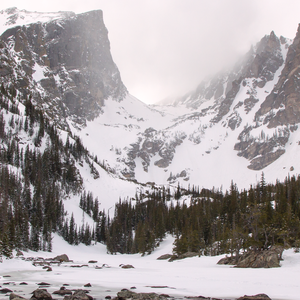

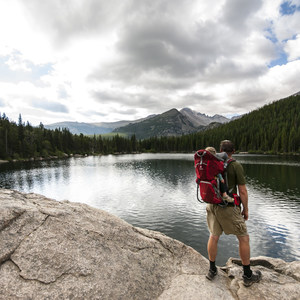
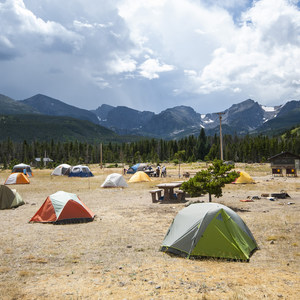
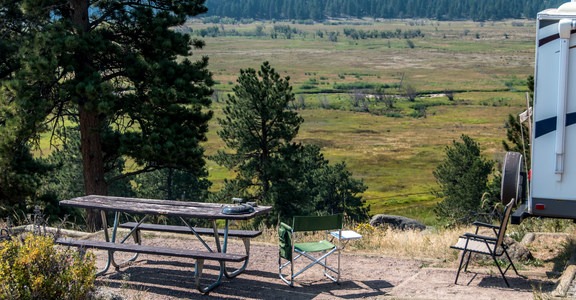
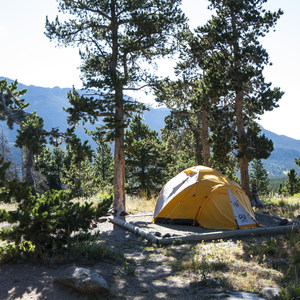



Comments
Sign In and share them.